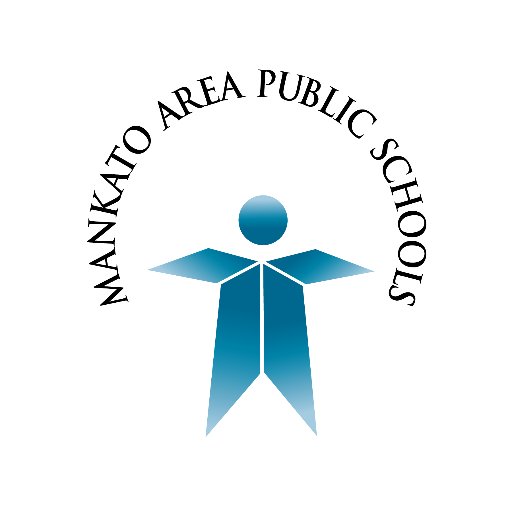
A Case Study in Action: How Mankato Public Schools Used Best Practices for Promoting Diversity in Identification for G & T Programs
All means all in Mankato Area Public Schools in Minnesota. The district keeps its mission for “assuring learning excellence and readiness for a changing world” front and center of its work. In gifted and talented education, this has meant looking objectively at district practice, committing to change, and making it happen.
In their drive for equity, Mankato Area Pubic Schools successfully implemented diversified programming and differentiated identification strategies to serve more children more effectively. Since 2014, the number of third grade students eligible for talent development programs in Mankato increased to 35% of all students with more than triple the representation of Black, Latino, and Native American students and an accompanying 50% increase in the proportion of low-income students.
Before this change in identification processes, many historically underserved students were being overlooked for the gifted services and resources from which they might benefit. In 2013, Mankato leadership took action to address this equity issue and started planning the actions needed to provide greater inclusivity in student eligibility for gifted programs. “We had to come together and find out what we have, where we need to go, and how we’re going to move forward,” said Dr. Sheri Allen, the recently retired superintendent, when discussing their need for change.



